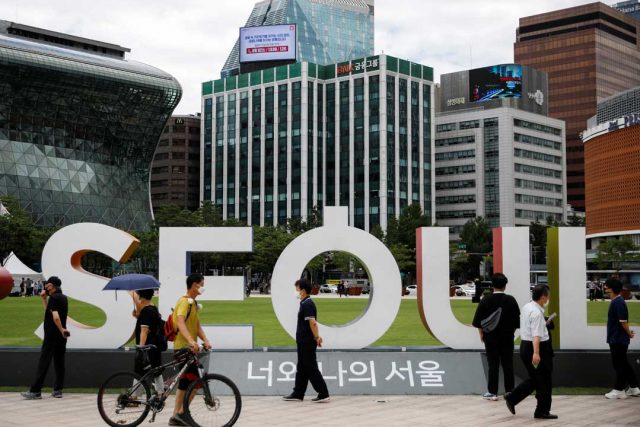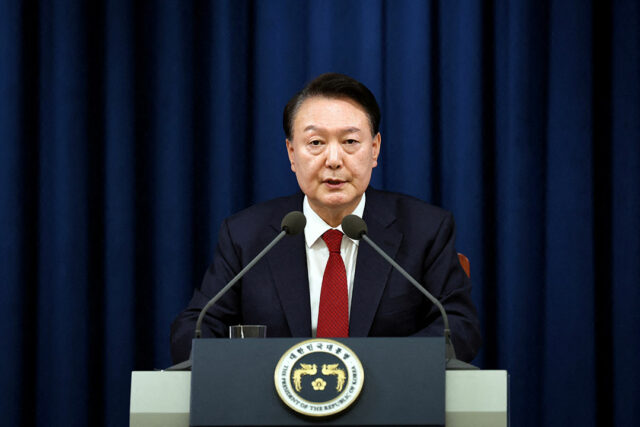CREATE MORE: A missed opportunity?
By Mon Abrea
CREATE MORE is the latest in a long line of reform initiatives that seek to overhaul the Tax Code to make it more taxpayer-friendly and to make the Philippines more attractive for investors. Designed to supplement the CREATE Act passed in 2021, CREATE MORE primarily seeks to introduce improvements to the granting of tax incentives and the handling of Registered Business Enterprises (RBEs).
Among the salient features of CREATE MORE is the introduction of a 20% corporate income tax rate for RBEs availing the Enhanced Deductions incentive and a 2% RBE Local Tax in lieu of all local taxes. It also introduced some changes to the treatment of certain incentives. Unfortunately, CREATE MORE may have been a missed opportunity to implement key reforms that would make the Philippines more competitive and on par with its neighboring countries.
During the 2024 International Tax and Investment Roadshow organized by the Asian Consulting Group (ACG) in partnership with Philippine Embassy, Consulate General Offices and Philippine Trade and Investment Centers abroad, various foreign chambers and other business organizations and government agencies especially the Philippine Economic Zone Authority (PEZA), one of the more recurring concerns raised by officers and executives from foreign and multinational corporations were the undue delays in the processing of VAT refunds. Because of this, we have consistently advocated the establishment of a separate VAT Refund Center whose only task would be focused on dealing with VAT refund claims. This would have expedited processing these claims, and would remove unnecessary burdens on the Bureau of Internal Revenue (BIR) and the Bureau of Customs (BOC) owing to the fact that the revenue regulation issued by BIR on Ease of Paying Taxes exposes claimants to more audit despite the risk-based approach on processing VAT refunds.
Nevertheless, our proposal to make VAT refunds processing “electronic” was explicitly included under CREATE MORE. The electronic processing of VAT refunds would undoubtedly improve the refund process by making it easier not only for the agency processing the claim but also for the taxpayers or claimants.
Another critical tax reform that CREATE MORE did not include is the adoption of Global Minimum Tax rules.
The Global Minimum Tax is a key concept in the Two-Pillar Solution proposed by the Organization for Economic Co-operation and Development (OECD). The Two-Pillar Solution itself aims to address the excessive tax avoidance and profit shifting being employed by multinational corporations. Specifically, OECD proposes the imposition of a 15% Global Minimum Tax and, should any country impose a rate less than that, other countries will be allowed to impose a top-up tax to raise their tax liabilities up to the Global Minimum Tax rate.
In November 2023, the Philippines signed the OECD/G20 Inclusive Framework on Base Erosion and Profit Shifting (BEPS). As part of this agreement, the Philippines has committed to addressing tax avoidance and improving international tax rules. CREATE MORE would have been a great opportunity for the Philippines to showcase some of this commitment by implementing the Global Anti-Base Erosion Model Rules (GloBE Rules) particularly the adoption and implementation of 15% Global Minimum Tax.
The rise of digital transactions and globalization has made it easier for corporations to shift their income to tax-free jurisdictions. In some cases, this has led to multinational corporations (MNCs) earning billions in profits but only paying minimal amounts of taxes disproportionately impacting developing countries like the Philippines where they generate revenue but pay zero tax due to profit shifting. Contrary to fears, the Global Minimum Tax would also apply only to a certain threshold of taxpayers, specifically MNCs whose annual global sales is €750 million and above. The adoption of Global Minimum Tax rules would serve as a guarantee against these corporations.
The non-inclusion of Global Minimum Tax rules is unfortunate, but it should be looked at as an urgent issue. The passage of Global Minimum Tax rules is important not only to uphold the Philippines’ international commitments, but also so that the country will be able to collect the right taxes from large MNCs and tech giants that shift their profits to tax havens or low tax jurisdictions. As noted by John Peterson, OECD’s Head of Cross Border and International Taxation, the Global Minimum Tax gives developing countries like the Philippines an opportunity to redesign their incentives so as not to rely on offering lower tax rates as incentives because these may not be producing the amount of investment outcomes these countries originally expect.
The implementation of Global Minimum Tax rules, at its core, aims to address the issue of corruption. Corruption can be committed not only by public officers but also by private individuals and corporations, specifically MNCs. Tax evasion, for instance, is one of the manifestations of corruption. Of course, it does not take an accountant to know that tax avoidance is different from tax evasion, but when tax avoidance is done excessively — to the point where companies that profit billions pay little to no taxes — it should certainly be viewed in the same light.
On this topic of corruption, CREATE MORE could have also been an opportunity to implement a Risk-Based Audit system in the Philippines.
The BIR Audit has gained a notorious reputation among entrepreneurs, and it remains a key concern for foreign investors. The current way of conducting a “random” audit leaves revenue officers a certain leeway for the same businesses to be audited over and over again. This is not only a waste of government resources, but also an inefficient way of conducting audit especially for the RBEs and locators enjoying tax incentives. This is why the creation of an RBE Taxpayer Service under CREATE MORE is also a welcome development so those enjoying tax incentives will no longer be subject to random audit, which foreign investors criticize as being costly and time consuming.
The purpose of BIR Audit should be to broaden the tax base, increase voluntary compliance by correcting a taxpayer’s mistakes and, if done correctly, there should be no need to repeat the audit on that same taxpayer.
The implementation of a Risk-Based Audit would not be an entirely novel concept. The Ease of Paying Taxes Act has already introduced the concept of risk-based processing of VAT refund claims. A Risk-Based Audit is similar in that it subjects taxpayers of different risk levels to different degrees of audit. Under a Risk-Based Audit, the higher a taxpayer’s risk level in terms of noncompliance, the stricter the audit. On the other hand, a taxpayer that has a long history of compliance and is paying the expected amount of taxes based on data gathered by the BIR should no longer be subjected to audit. By imposing different degrees of audit depending on risk, the BIR will be able to focus on auditing taxpayers that are truly non-compliant.
Both the adoption of a Risk-Based Audit and the implementation of GloBE rules are ways to address corruption, but corruption is such a pervasive issue. It not only affects businesses, but also affects the day-to-day lives of ordinary citizens. In “Reimagining the World Without Corruption” (2023), which was launched in Harvard Kennedy School and, recently, the University of Sydney, there is an extensive discussion on the origins, causes, and costs of corruption.
Corruption is a major concern for investors, and could potentially hold back investors from doing business in the Philippines. At the International Tax and Investment Roadshow, foreign investors, as well as officers and executives of foreign corporations, attend to learn more about investing and doing business in the Philippines. These attendees often have the opportunity to air their concerns, and these concerns deserve to be addressed by talking about them. For 2025, the International Tax and Investment Roadshow will be continuing throughout Asia, Middle East, North America, Europe, and Australia.
While the changes it brings are certainly encouraging, CREATE MORE may have been a missed opportunity for the Philippines to catch up to its neighbors in relation to the Global Minimum Tax rules. Other ASEAN countries have already adopted and implemented these rules effective January 2024. However, there is still plenty of opportunity to do so. Congress should still prioritize enacting a separate legislation this year as it would only be beneficial for the country.
Spotlight is BusinessWorld’s sponsored section that allows advertisers to amplify their brand and connect with BusinessWorld’s audience by publishing their stories on the BusinessWorld Web site. For more information, send an email to online@bworldonline.com.
Join us on Viber at https://bit.ly/3hv6bLA to get more updates and subscribe to BusinessWorld’s titles and get exclusive content through www.bworld-x.com.

![[MAP]-Infographics-OL](https://www.bworldonline.com/wp-content/uploads/2024/12/MAP-Infographics-OL-640x640.jpg)
![[FOR-SEEDING]-PR-Article-_-Allbirds-Launch-Event-2024-2-OL](https://www.bworldonline.com/wp-content/uploads/2024/12/FOR-SEEDING-PR-Article-_-Allbirds-Launch-Event-2024-2-OL-640x960.jpg)
 A pair that
A pair that  If you can’t drop by our stores, you can also shop Allbirds online and in the comfort of your own home at our official website,
If you can’t drop by our stores, you can also shop Allbirds online and in the comfort of your own home at our official website, 









